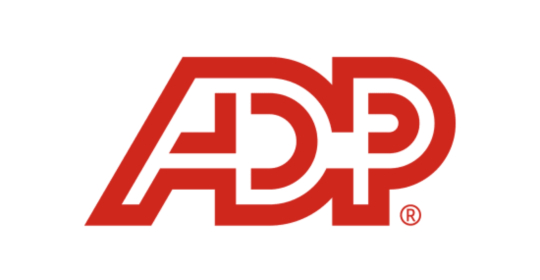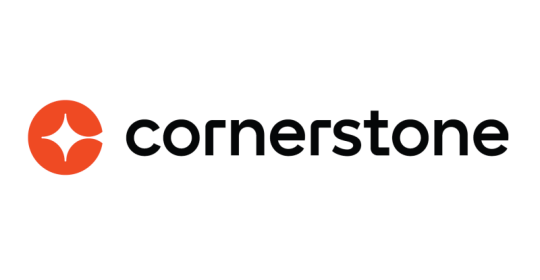Figures just released by The London Internet Exchange (LINX) ñ which handles up to 96 per cent of the UK's Internet traffic ñ shows that Europe now has more Internet routes connected into the UK than the USA has. It is the first time that LINX has published details of the connections to its exchange.
More than 40,000 world Internet routes - around 50 per cent of the global total - can be accessed through LINX which is the largest and most important Internet exchange point outside the USA.More than 14,600 routes from LINX (34 per cent of the total) are to UK and other European destinations compared with just under 13,000 (30 per cent) going to North America, primarily the USA. Asian countries account for a further 22 per cent of LINX-connected routes with Oceania having 7 per cent and South America 3 per cent. The whole of Africa accounts for less than one per cent.
Among individual countries, the USA still accounts for the largest number of LINX routes - around 11,000 or 25 per cent of the total. Internal routes within the UK account for only 4.4 per cent of the connections, fourth behind the USA, The Netherlands and Japan.Vanessa Evans of LINX explained: ìThere is no direct correlation between the number of routes to a destination available through LINX and the volume of traffic being carried to a particular destination. It would be perfectly possible to have a large number of available routes to an obscure part of the world which carried no traffic at all.However, commercial logic suggests that ISPs establish routes to meet the needs of the traffic they are carrying.
The connection figures are therefore a crude, but valid, reflection of where the UK's Internet traffic is coming from and going to.The large number of connections to the USA reflects the historical lead which that country had in the Internet industry and the fact that many major international ISPs are headquartered there. Much traffic which cannot get directly from LINX to its destination is probably routed through facilities in America, even if its eventual destination may be outside the USA.
The Netherlands has also become a centre for distributing Internet traffic in continental Europe with a large Internet exchange in Amsterdam. With a membership of around 130 Internet service providers (ISPs) and content delivery service providers (CDSPs), LINX provides its members with the opportunity to establish ëpeeringí inter-connections with each other, leading to cost-effective and rapid transmission of Internet traffic. As a result of their combined networks, web traffic being routed via LINX members can be delivered to virtually half the worldís Internet community in one direct ëhopí rather than being routed through many different connections.
LINX, which was founded in 1994, continues to attract new members although consolidation in the Internet industry means that its total membership has grown relatively slowly for the past two years. Each new member, however, brings new routes to LINX and the total has now passed 40,000.The volume of traffic being carried also continues to increase. Total Internet traffic on the LINX exchange is now peaking at around 21 gigabits per second ñ the equivalent of around 1.25 million e-mail messages per second. This is double the level of twelve months ago.
LINX is a mutual organisation owned by around 130 Internet and content delivery service providers. It allows competing networks to exchange Internet traffic cost-effectively, bringing speed and efficiency benefits to their customers. Its members include all the major UK ISPs - plus many from the USA, mainland Europe and the Far East - and it currently handles up to 96 per cent of the UKís Internet traffic.Percentages of routes quoted above do not add up to 100 per cent because of minor listing anomalies with some routes (approximately 3 per cent of the total) which cannot be assigned to a particular country/continent.The traffic figure of 21 gigabits per second quoted above is the peak daily flow over the LINX exchange. Comparison of this figure with the same figure from earlier dates tends to under-state the growth in Internet traffic because over the past year LINX has offered an option for larger ISPs to directly connect their networks (so-called 'private peering') rather than put traffic onto the exchange.
Traffic on the increasing number of these private peering connections is not recorded in the LINX statistics.One gigabit is 1,000 million bits of data. While Internet traffic consists of a wide variety of data, one gigabit is roughly equivalent to 60,000 average e-mail messages.
Europe has more UK internet links than USA

.





